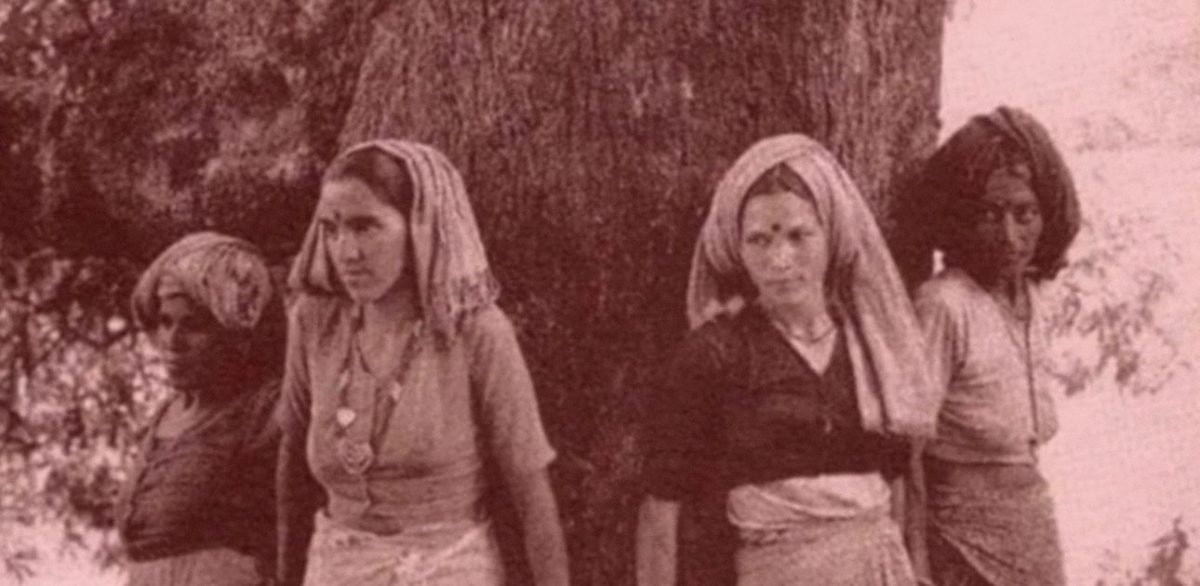
On March 26, 1974, Gaura Devi and 27 other women from Reni village in the Chamoli district of Uttar Pradesh (now Uttarakhand) started the Chipko Movement by hugging trees to protect them from being cut down. The movement became a symbol of non-violent environmental activism and a grassroots effort to safeguard livelihoods. It advocated for the preservation of forests and influenced policy changes, including the 1980 Forest (Conservation) Act. The Chipko Movement highlighted the crucial role of women in environmental activism and the need for gender inclusivity. It emphasized the importance of community-based management and decentralized decision-making in forest governance. The movement called for a reevaluation of the notion of development beyond mere economic gains and emphasized the ecological implications. Its legacy continues to inspire environmental movements globally, reminding us of the enduring importance of grassroots activism and placing people and the planet at the forefront of environmental governance [9e84fcb3].
The Chipko Movement's legacy in forest conservation and governance is still relevant today. It brought attention to the importance of preserving forests and the need to involve local communities in decision-making processes. The movement's emphasis on community-based management and decentralized governance aligns with current efforts to promote sustainable and inclusive forest management practices. The Chipko Movement also highlighted the role of women in environmental activism, paving the way for greater gender inclusivity in the field. Furthermore, the movement's call for a reevaluation of development paradigms resonates with ongoing discussions on sustainable development and the need to prioritize ecological well-being. Overall, the Chipko Movement's legacy serves as a reminder of the power of grassroots activism and the enduring importance of protecting the environment for the benefit of present and future generations [9e84fcb3].